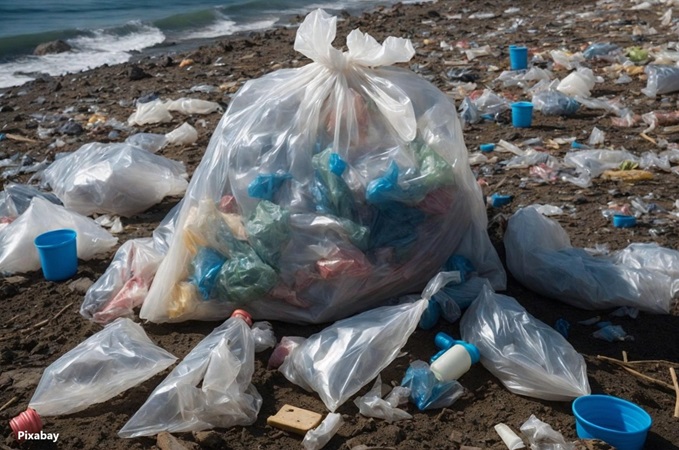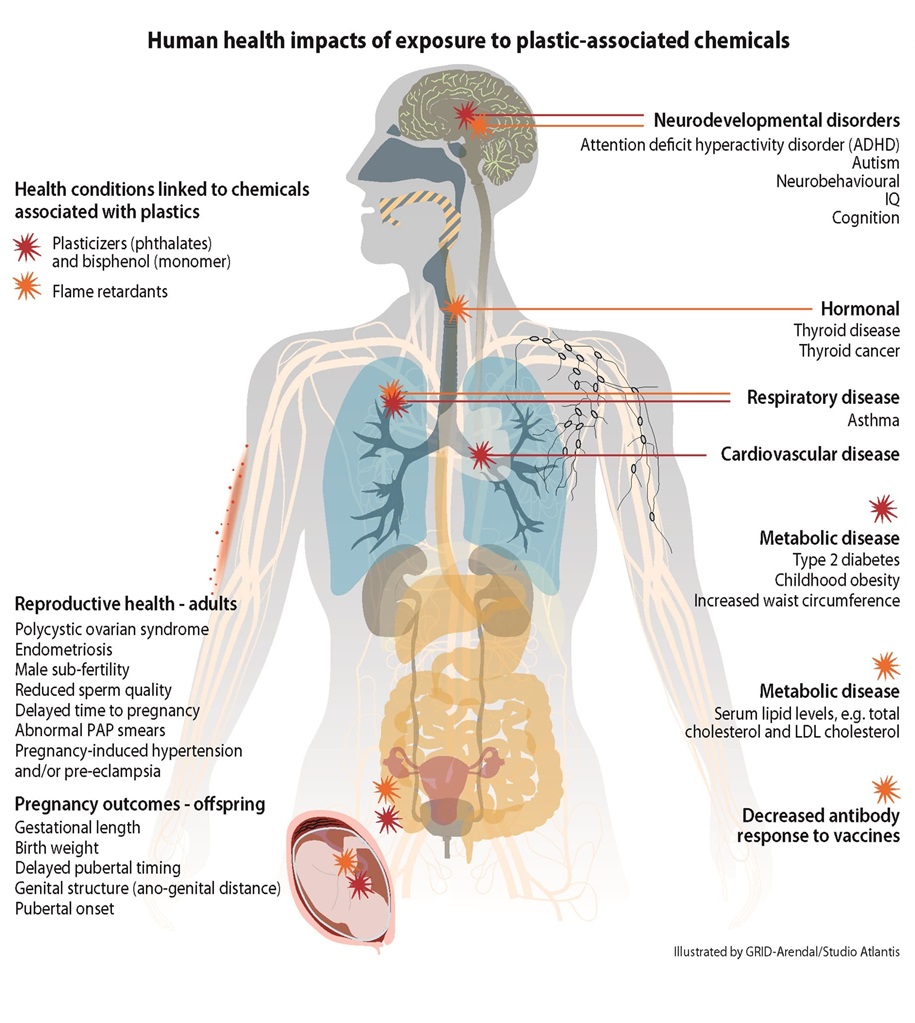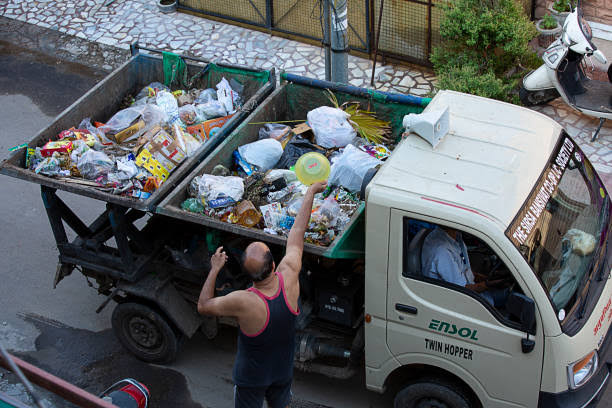A study published in the journal Nature has reported that India emits the largest amount of plastic pollution globally.
In the study, the University of Leeds research team has analysed that the country releases the largest amount (9.3 million metric tonnes per year) of plastic pollution, equivalent to nearly one-fifth of global plastic emissions.
Though the study is an eye-opener, yet appalling. Despite being one of the key drivers of ecological degradation and biodiversity loss, the commodity plastics (bags, bottles, food containers, household & packaging products) business is thriving globally. And that too, in the wake of plastic pollution!
Rising Perils of Plastic Pollution
- Advertisement -
Well, how dangerous is plastic pollution? Ask this question to Indians and in all likelihood, they would respond nonchalantly. ‘Not good’ or “very much” is a widely accepted answer but they won’t be able to divulge more about the harmful effects of plastic pollution.
No wonder the potential human health hazards associated with plastic usage are utterly incomprehensible to them. Rather akin to frightening labels on tobacco and liquor products, mentioning merely ‘painful death’. In the absence of information, education and communication (IEC) activities, tobacco and liquor sales are soaring year by year, equivalent to commodity plastics.
Growing population, rising consumerism, and purchasing power etc. are paving the way for unprecedented plastic demand and inadequate waste management. The ‘mismanaged waste’, owing to an unmanaged system, has significantly contributed to environmental degradation and severe health hazards in India.
The ineffective measures have established littering, landfilling and open burning as the highly prevalent tools in India to get rid of plastic waste. Such malpractices pose a major threat not only to humans but also to ecosystem health.
The University of California’s environmental scientists had already predicted that global plastic waste would be doubled by 2050 without robust intervention. Their study published in the journal Science expressed a lot of concerns about life-threatening diseases caused by micro and nanoplastics.
- Advertisement -
Studies Revealed Severity of Plastics
- Sweden’s Umeå University-led study has feared that after entering the human body, nanoplastics can develop ‘antibiotic resistance’. These nanoplastics, such as polyethylene, polypropylene, polystyrene and nylon are common plastics. Shockingly, even indoor air contains about five times as much nanoplastics as ambient air.
- Curbing plastics pollution can help reduce the global burden of breast cancer, reported a study published in Environmental Science & Technology Letters. In the study, scientists have found hundreds of plastic chemicals influencing breast cancer development.
- The University of California – San Francisco study has found that microplastics in the air may be leading to lung and colon cancers. Tires and degrading garbage shed tiny plastic pieces into the air, forming disease-causing air pollution.
- The tiny particles of clothing, packaging and other plastic products are found in seafood eaten by people. The shocking report of Portland State’s researchers was published in Frontiers in Toxicology. They emphasized a dire need to reduce microfiber pollution.
- In the journal NanoImpact, the Rutgers University’s study found that micro and nanoplastics are making plants absorb more toxic chemicals. Once our intestinal cells absorb those toxins and plastics, disease risk would be higher.
- Helmholtz Centre for Environmental Research scientists have reported that nanoplastics may pose even greater risks to humans. In the journal Scientific Reports, they mentioned that unlike microplastics, nanoplastics can not be filtered out. Humans can inhale these harmful particles easily.
- And the most alarming one: University of New Mexico Health Sciences researchers detected microplastics in human brains at higher concentrations. In the study, the most common was polyethylene that is widely used for packaging and food containers. The plastic accumulation found in the brains had grown up to 50% in the past eight years.
Shortly, more studies will dig deeper to reveal the detrimental effects of plastic pollution on human well-being.
Undoubtedly, plastic has become a necessary evil in the digital age. To tame the beast, we need to chalk out and implement robust strategies, such as reviewing current regulations, encouraging public-private partnership, promoting plastic alternatives, reducing plastic waste and raising public education & awareness campaigns.
In India, Swachh Bharat Mission, Swachh Survekshan and Super Swachh League are a few exemplary initiatives introduced by the current government for sustainable waste management. However, more robust efforts are still needed to reduce plastic pollution.
Moreover, public behavioural change through community participation programmes will be the most crucial factor in pursuit of a ‘plastic-free’ nation.






























